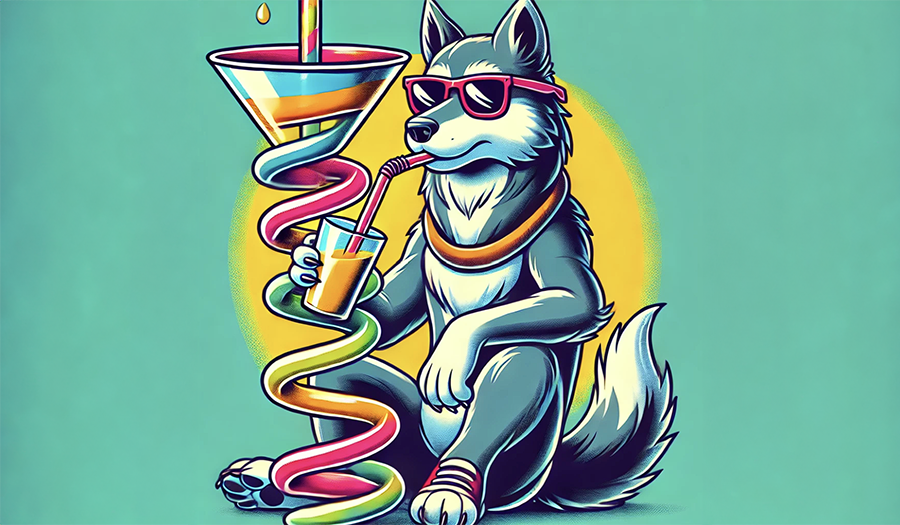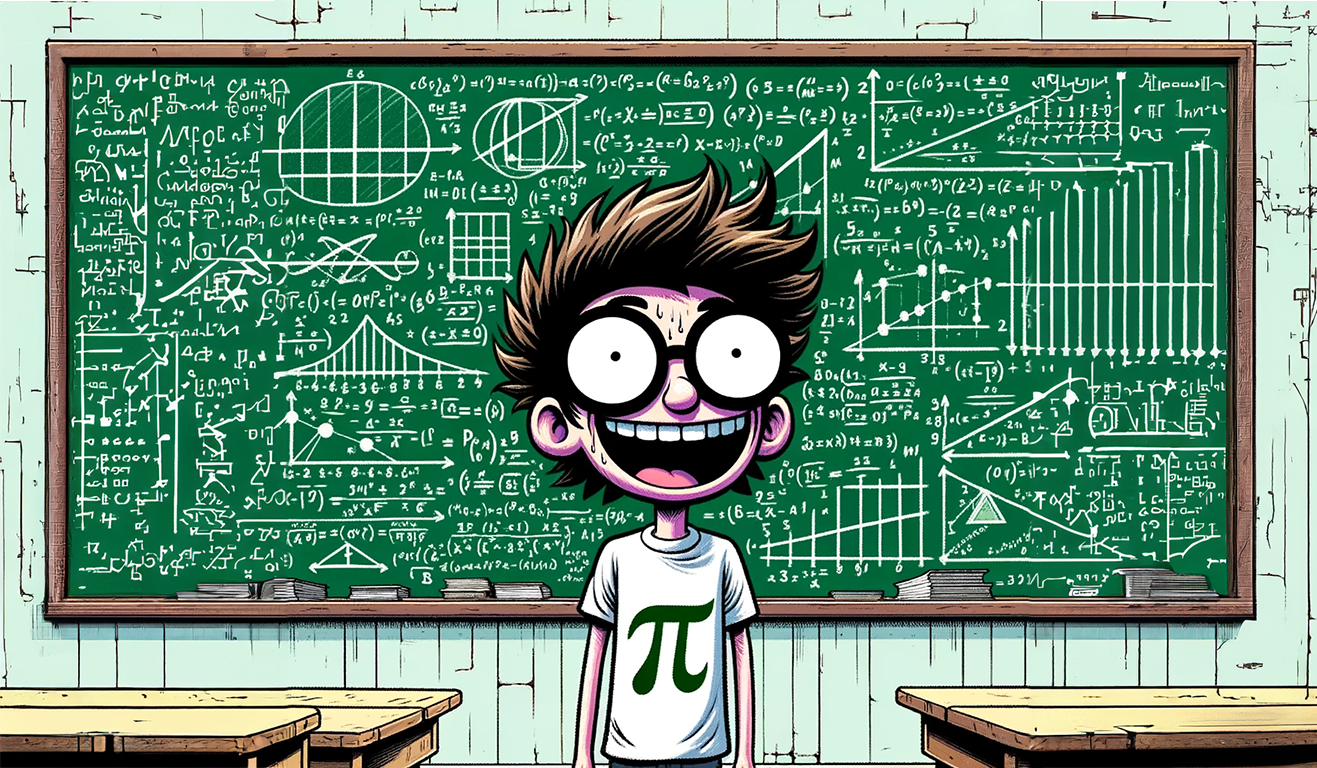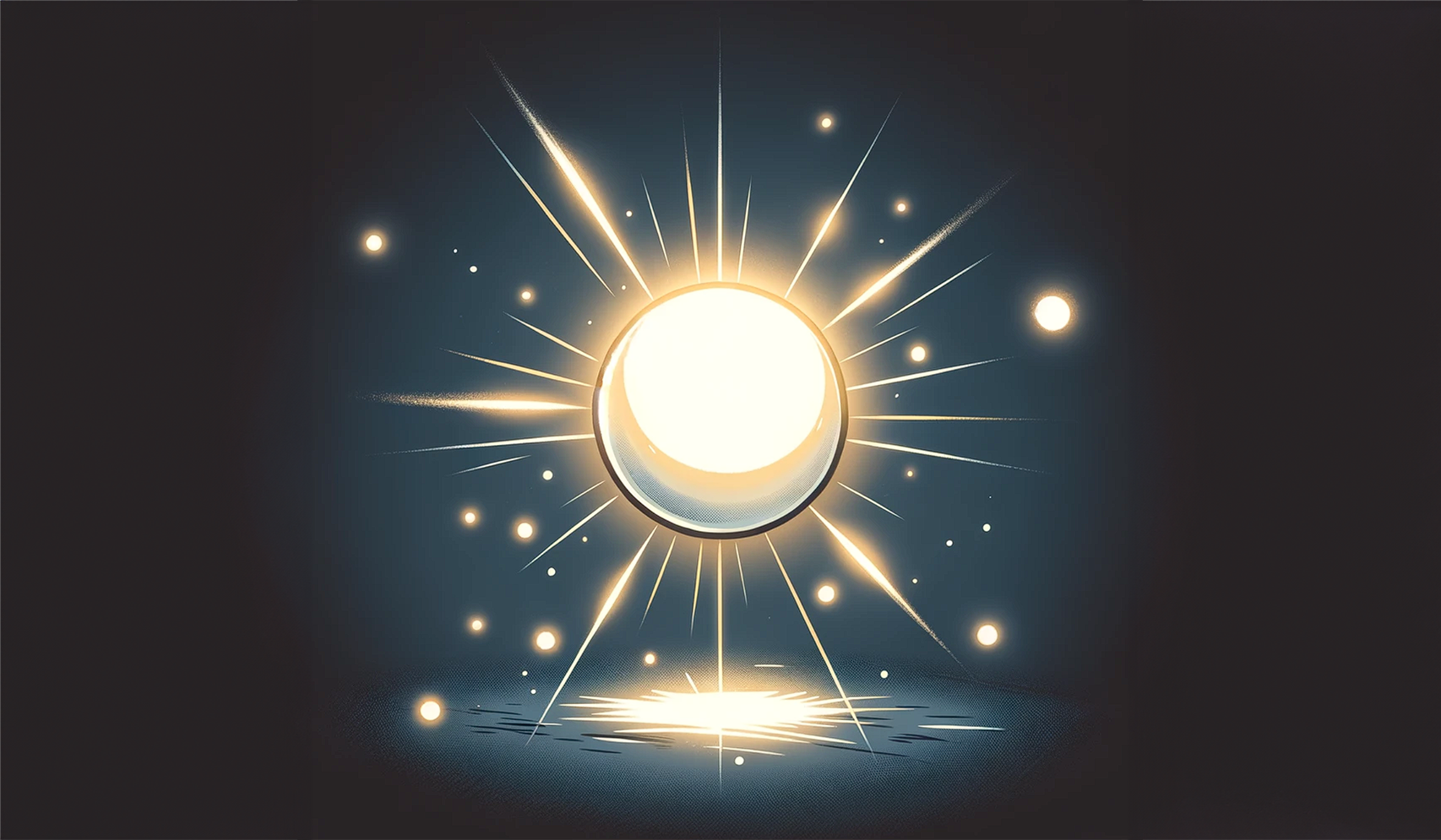How Do We Align The Buyer's Journey, HubSpot Lifecycle Stage, and Conversational Strategy?
Introduction
Whether your team is just starting with HubSpot or has been utilizing it for some time, a common challenge emerges: aligning the buyer's journey with HubSpot's lifecycle stages and a conversation strategy effectively.
If you search the internet, there are lots of great resources that will explain each term for you: Buyer’s journey, lifecycle stage, conversational strategy. You can also find graphics that may relate one to the other, but not all three.
So, let’s begin with the close and skip right to the graphic that helps make this visually easy to understand.
Don’t judge my crude drawing. I’m not a graphic designer and thought it was pretty good using Microsoft Word 🤣.
But seriously, feel free to reference that graphic next time you’re mapping out the buyer's journey. Want a copy of an architecture map for example? Just let me know!
And, If that graphic still doesn’t make complete sense, no worries, continue reading and I’ll give some more explanation of the buyer's journey, lifecycle stage, and conversation strategy separately. Or, if you want to have a quick chat about it, click below to schedule a free HubSpot buyer’s journey consultation with one of our RevTechs.
Let’s Start with a Refresher About the Buyer's Journey
"Understanding the Buyer's Journey: A Core Concept in Marketing and Sales"
Ok, this is basic marketing and sales 101. Of course, our favorite platform is HubSpot, but it’s important to note that this concept is universal. It applies to all buyers and all companies, regardless of the software or processes they use.
Generally, the buyer's journey is divided into three distinct stages:
Awareness Stage
At this initial stage, buyers start recognizing a need, desire, or problem they want to address. It’s the point where they begin exploring their situation and potential solutions, although they might not yet be ready to make any decisions.
Consideration Stage
Here, buyers actively research and weigh different solutions. I often view this as the “self-service stage” – a critical phase for businesses to engage with potential customers. It's a chance to provide in-depth answers, showcase expertise, and build trust. Underestimating this stage means missing out on a vital opportunity to connect with your audience.
Decision Stage
Finally, in the decision stage, buyers are ready to choose a solution. This is the ideal moment for sales teams to step in, offering assistance and guidance to help the buyer through the final steps of their journey.
Let’s Learn About HubSpot Lifecycle Stages
"Understanding HubSpot Lifecycle Stages in Relation to the Buyer's Journey"
Interested in HubSpot's own definitions of these stages? Feel free to dive into their detailed help article here. But, if you're looking for a perspective that connects these stages directly to the buyer's journey, let's dive in.
Subscriber: Buyer has become aware of your product or solution and shown some interest in learning more by subscribing to a blog or mailing list.
Lead: At this point, the buyer is engaging more actively. They might interact on social media, read several of your articles or blogs, chat with a bot, or fill out a basic contact form, showing a deeper interest in what you offer.
Marketing Qualified Lead (MQL): Now the buyer is more informed and believes your company can meet their needs. They engage with your marketing content, like whitepapers, webinars, or gated materials, gathering as much information as possible before potentially speaking with sales, or even solving their issue without direct sales interaction.
Sales Qualified Lead (SQL): Here, the buyer is close to deciding on your solution. They're not just looking to chat with sales; they want an experience, such as live demos, consultations, or free trials. This is also where sales assess if the lead is genuinely a potential customer and a good fit.
Opportunity: This stage is where things get exciting – it's when a real deal emerges. Here, the buyer isn't just interested; they're ready and capable of making a purchase. More importantly, they align well with what you offer. It's time for some key actions: showcasing your product through demos, finalizing quotes, or getting down to the nitty-gritty of contract signings. It's a pivotal moment where potential turns into a solid business opportunity.
Customer: The finish line - the buyer has purchased your product or service. Congratulations!
Evangelist: The dream scenario. These customers don’t just love your product; they actively promote it. Whether through referrals, social media shout-outs, or testimonials, they’re your brand champions.
Let’s Learn About Different Conversations Throughout the Buyer's Journey
"Engaging Buyers at Every Stage: The Art of Conversation"
Not all products or services sell themselves with minimal effort. Sure, items like affordable merchandise or food can sometimes just require a catchy image and a 'click here to buy' button. But most offerings, particularly higher-cost products or services, demand a more nurtured approach. This is where building trust through a well-crafted and fluid conversation strategy plays a crucial role. It helps the buyer recognize the value of what you're offering, encouraging them to invest more in your business. Most products and services need to nurture buyers. This is especially true with higher cost products or services. Building trust thru well designed and fluid conversation strategy will help the buyer understand the value, making them willing to spend more money with your business.
Conversations at the awareness stage
Here, the focus is on capturing buyer interest and imparting knowledge. You want to steer them towards more in-depth content. Effective conversation starters in this stage include:
• Blog posts
• Social media posts
• Newsletters
• Infographics
• Quizzes
Conversations at the consideration stage
Now, it’s about addressing the buyer's needs and presenting solutions. This stage aims to draw them closer to making a decision, with conversations centered around:
• Comparison guides
• Events
• Whitepapers
• Webinars
• Gated content
Conversations at the decision stage
Finally, at the decision stage, the aim is to convince the buyer why your solution is the best choice. Conversations that can make a difference here include:
• Sales meeting
• Free trials
• Live demos
• Consultation
• Exclusive offers
Closing Thoughts: Need Some Guidance?
"Getting a Handle on It All: Let's Talk"
Is all this information making your head spin, or are you wondering how to apply these strategies to your specific business situation? There's no need to stress. We’re here and ready to simplify things for you. Take a step towards clarity – click below to arrange a free consultation with one of our RevTech experts. We’re enthusiastic about helping you streamline the buyer's journey and HubSpot lifecycle stages for your business, customizing our approach to meet your unique challenges and goals.





